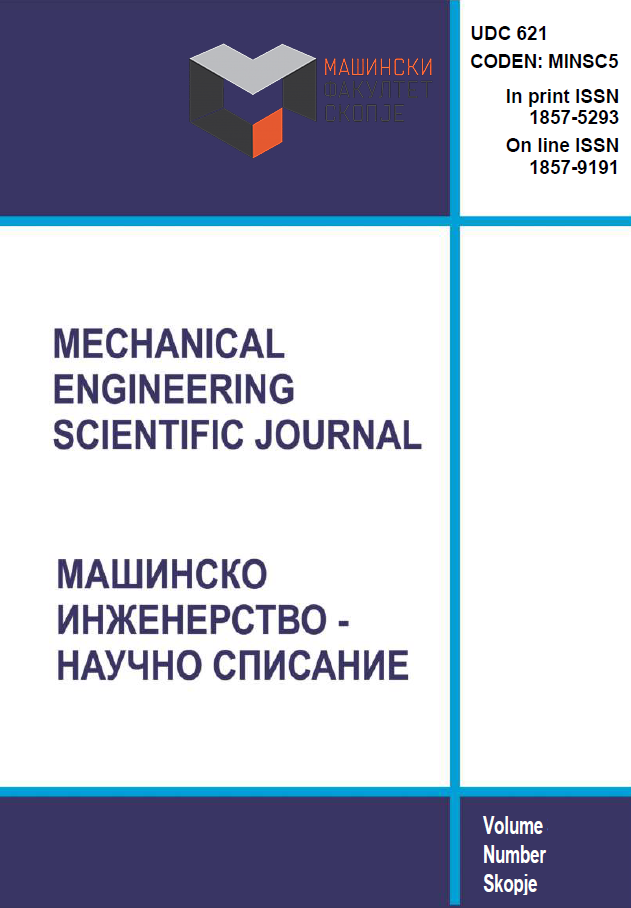668.ENERGETIC AND ECONOMIC ANALYSIS FOR UTILIZATION OF BIOGAS FROM PIG FARMS IN NORTH MACEDONIA
DOI:
https://doi.org/10.55302/MESJ23412668089aKeywords:
biogas, renewable energy sources, biogas plants, combined heat power plantsAbstract
Today, when the world is facing an increasing need for energy, and therefore, the exploitation of natural resources is increasing, the problem of environmental pollution and global warming grows. The question of finding and using alternative and clean energy sources, imposes itself. The problem of environmental pollution and the need for renewable energy sources have increased the interest in allocating more funds for scientific research work for the use of biodegradable waste, so that in many countries more and more plants are being built that use biomass for biogas production. Biogas is a very interesting and important source of energy. All organic matter originating from mowing the lawn, cutting branches, farm waste, plant biomass from agricultural production, can be used as raw material for biogas production. Macedonia has large quantities of this type of waste, so there is a good precondition for eco-nomical use of them and to get electricity and heat from them. The paper focus is on assessment of the economic viability for utilization of biogas in pigs farms in Macedonia through integration of cogeneration power plant. The economic analysis is performed with method of benefit to cost ratio. Also sensitivity analysis is performed as a function of levelized cost of energy in regard of 7 critical factors: capital cost (amount of capital investment cost), interest rates (D is equal to 0%, 5%, 10 % and 15%), capacity factor (plant size), fuel cost (cost of procurement, preparation and transport of the substrate), cost of capital, debt ratio and net plant efficiency. The results indicate that the payback period could be in less than 9 years.Downloads
Published
28-12-2023
Issue
Section
Articles





